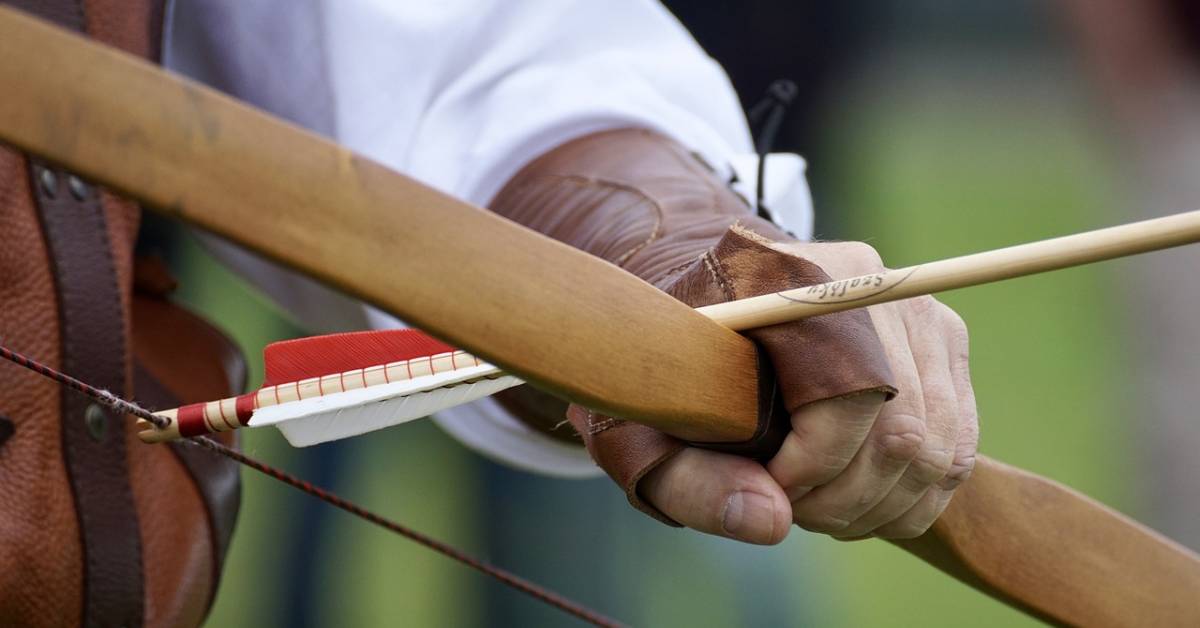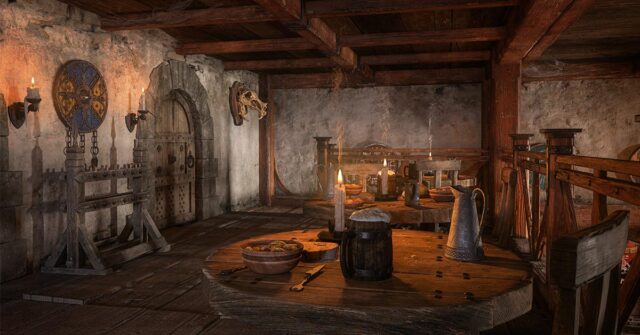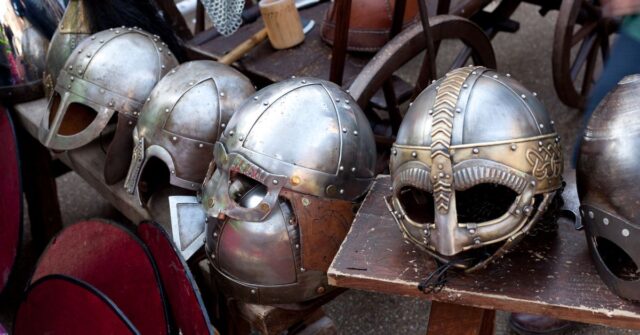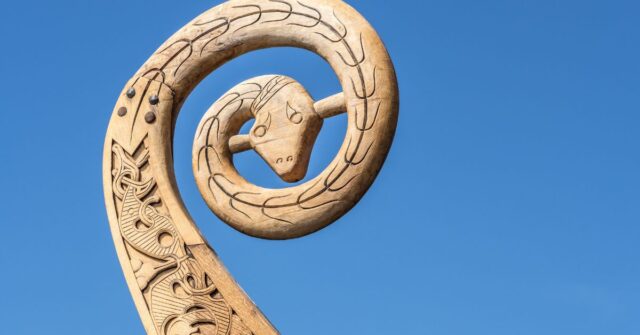The Vikings, renowned for their prowess in battle and sea exploration, also held a profound mastery of archery. The bow and arrow, essential tools in the Viking armory, served as both a weapon of war and a tool for survival.
This article delves deep into the rich history and intricacies of Viking archery.
The Origins of Viking Archery
Archery, while prevalent across many ancient civilizations, held a special place within Viking society. Understanding its origins helps us grasp its cultural and practical significance.
Historical References and Evidence
Archaeological excavations across Scandinavia have unearthed remnants of Viking bows and arrows. Written sagas and skaldic poetry also offer glimpses into the importance of archery.
These historical records depict tales of skilled archers, emphasizing their essential role within the Viking warrior band.
The Role of Bows in Viking Culture
Bows were not merely weapons in Viking culture; they were symbols of status, skill, and honor. A well-crafted bow indicated wealth, while prowess in its use signified a warrior’s ability to protect and provide.
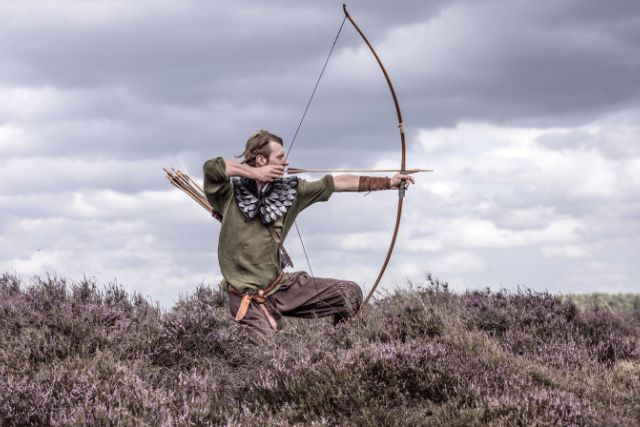

Materials and Construction
Understanding the meticulous craft of bow-making provides insights into the Viking’s attention to detail and their knowledge of materials.
The Wood Used for Bows
Vikings sourced their wood with great care, knowing that the strength and flexibility of a bow determined its effectiveness.
Yew: The Preferred Choice
Yew trees provided the ideal balance of strength and flexibility for bow construction. A bow made of yew was durable and had a significant draw strength, making it a prime choice for warriors and hunters alike.
Alternatives to Yew
While yew was the primary choice, not all regions had abundant supplies. In such cases, Vikings turned to alternatives like elm or ash, though these bows often lacked the supreme quality of a yew bow.
The Process of Crafting a Viking Bow
Craftsmen took their time, often spending weeks or even months, meticulously shaping, treating, and refining the wood. Every bow was a testament to the craftsman’s skill, ensuring it was both functional and aesthetically pleasing.
Arrow Types and Their Uses
Different scenarios demanded different arrow designs. The Vikings, with their nuanced understanding of warfare and hunting, crafted diverse arrowheads.
War Arrows
These arrows were robust, often with a broadhead design to cause maximum damage. They were intended to pierce armor and incapacitate enemies.
Hunting Arrows
For hunting, Vikings used arrows with narrower and sharper tips, designed to cause swift kills without damaging too much meat.
Viking Archery Techniques
The art of shooting was as essential as the craft of bow-making. Viking archers honed their skills through rigorous practice, ensuring they were ready for war or the hunt.
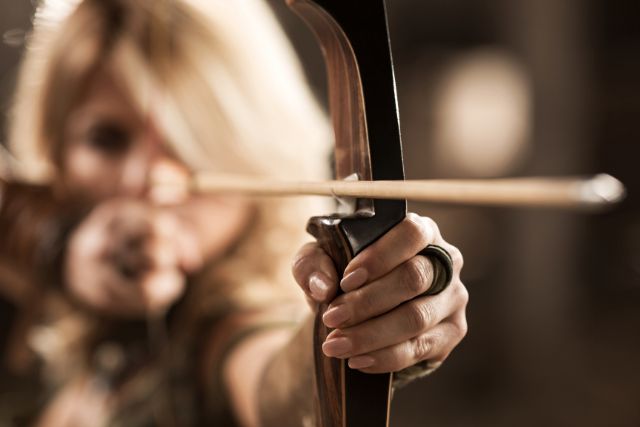

Shooting Stances and Positions
Stance played a crucial role in ensuring accuracy. Vikings practiced both static and dynamic shooting positions, preparing them for various combat scenarios.
Draw Length and Shooting Technique
By drawing the string to a particular point, often to the cheek or ear, Vikings ensured consistent power and accuracy in their shots.
Aiming and Accuracy
While instinctive shooting was common, the Vikings also employed techniques that involved aligning the arrow tip with a target, ensuring a higher rate of accuracy.
Use of Quivers and Other Accessories
To carry their arrows, Vikings used quivers made of leather or fabric. They also employed bracers to protect their arms from the recoiling bowstring.
Archery in Viking Warfare
Archery played a pivotal role in Viking combat strategies, with archers often turning the tide of battle.
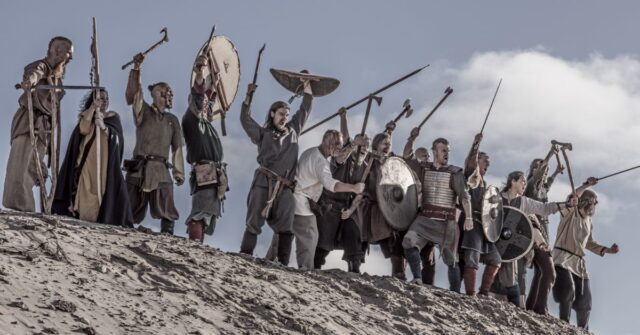

Strategies and Tactics
Archers often positioned themselves behind shield walls or on elevated terrains, raining arrows upon enemies. These tactics disrupted enemy formations and gave Viking warriors a distinct advantage.
Skirmish Shooting
Before engaging in close combat, Viking archers released volleys to break enemy lines and create chaos in their ranks.
Rapid Fire Techniques
In situations demanding quick responses, archers were trained to shoot multiple arrows in quick succession, overwhelming foes.
Role in Sea Battles
On their iconic longships, archers provided cover fire during boarding actions or deterred pursuing ships, proving their worth in naval warfare.
Impact on Viking Raiding Tactics
During raids, archers played both offensive and defensive roles, covering warriors as they advanced or retreated. Their versatility made them invaluable in these hit-and-run tactics.
Hunting and Daily Life
Beyond warfare, archery was deeply ingrained in Viking daily life, being essential for sustenance and sport.
The Importance of Archery in Sustenance
Archery was crucial for hunting, providing food for families and communities. The skill of a hunter was often measured by his proficiency with the bow.
Viking Legends and Tales About Archers
Many sagas narrate tales of legendary archers, their heroic deeds elevating them to near-mythical status within Viking society.
Archery’s Role in Viking Religion and Mythology
Bows and arrows were not just tools; they held profound symbolic and religious significance in Viking beliefs.
Bows and Deities: Symbolism in Norse Belief
Certain Norse gods were associated with archery, and the bow often symbolized strength, protection, and providence. Rituals and ceremonies sometimes involved the use of bows, further emphasizing their spiritual importance.


The Sagas: Tales of Heroic Archers
Stories from sagas celebrated the deeds of god-like archers, their exploits often mirroring the challenges and values of Viking society.
Decline and Legacy of Viking Archery
While Viking archery reached remarkable heights, it eventually saw a decline, making way for new warfare techniques and technologies.
Factors Leading to Decline
With the advent of more advanced weaponry and changing combat scenarios, archery’s dominance began to wane. Yet, its legacy lived on, influencing subsequent generations and cultures.
The Influence on Later European Archery
Viking archery techniques and designs laid the groundwork for European archery evolution, with many of its principles being adopted and refined in subsequent years.
Conclusion: The Lasting Significance of Viking Archery
The Vikings’ mastery of the bow remains a testament to their adaptability, craftsmanship, and warrior ethos.
While their era has passed, the tales and legacies of Viking archery still resonate, reminding us of a time when the bow and arrow were paramount in shaping history.

